The Google Pixel 8 Pro finally made its debut during the Google Pixel 8 Pro launch event. Fresh off the press from the Made by Google, it’s clear they’ve put in the elbow grease to amp up the hardware and features, aiming to deliver the ultimate Pixel experience.
This launch is a chance for Google to address some of the hiccups from the Pixel 7 series. While the Pixel 7 Pro was solid, it had its share of basic issues that Google shouldn’t be repeating. The Pixel 8 Pro steps up to the plate, potentially solidifying Google’s position among the elite smartphone makers, ready to take on the likes of the iPhone 15 and Samsung Galaxy S23 in terms of performance.
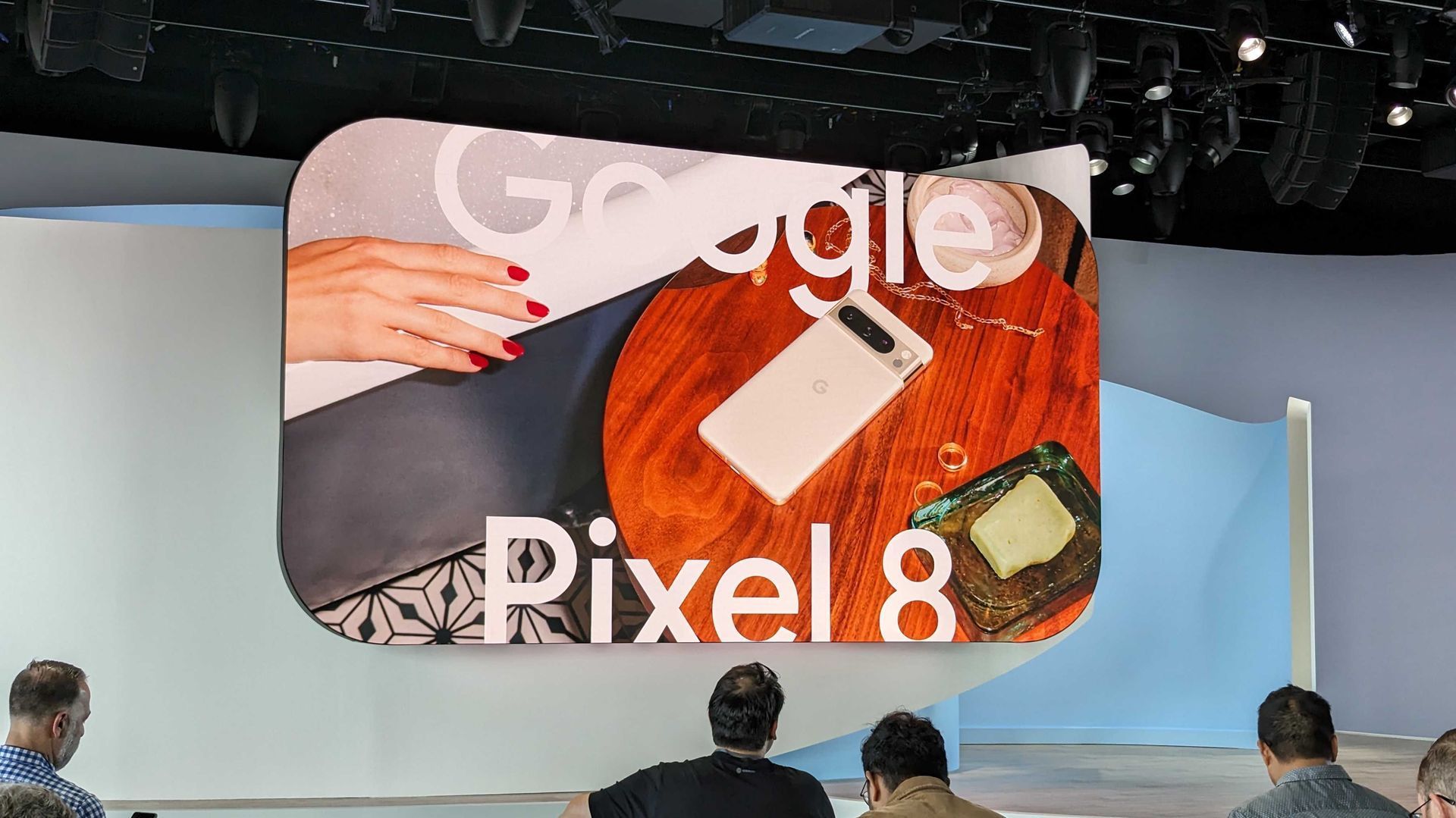
All details of the Google Pixel 8 Pro
On the spec sheet, things are shaping up quite nicely. Let’s dive into the deets on pricing, release date, camera upgrades, colors, and more for the Google Pixel 8 Pro.
Release date
Mark your calendars because the Google Pixel 8 Pro is set to hit the shelves on October 12, with prices kicking off at $999. This base price gets you a decent 128GB of storage, but if you’re after more room, you’ll need to dig a bit deeper into your pocket. A 256GB model goes for $1,059, while the 512GB version will run you $1,119, and the 1TB behemoth comes in at $1,219. It’s worth noting that the pricing isn’t as competitive as earlier Pixel releases.
When it comes to colors, you’ve got some stylish choices for the Pro model: Obsidian, Porcelain, and Bay (blue). And if you’re in the market for official Pixel 8 Pro cases, the Google Store has you covered with options in Obsidian, Porcelain, Bay, Coral, and Mint.
Here’s an extra incentive: for those savvy enough to pre-order before the big day, you’ll snag a Pixel Watch 2 on the house. Quite the bonus, if you ask us.
Design and display
If you’re well-acquainted with the Pixel 7 Pro’s aesthetic, the Google Pixel 8 Pro won’t throw any curveballs. Google seems to have found a winning design formula and is sticking to it for another spin.
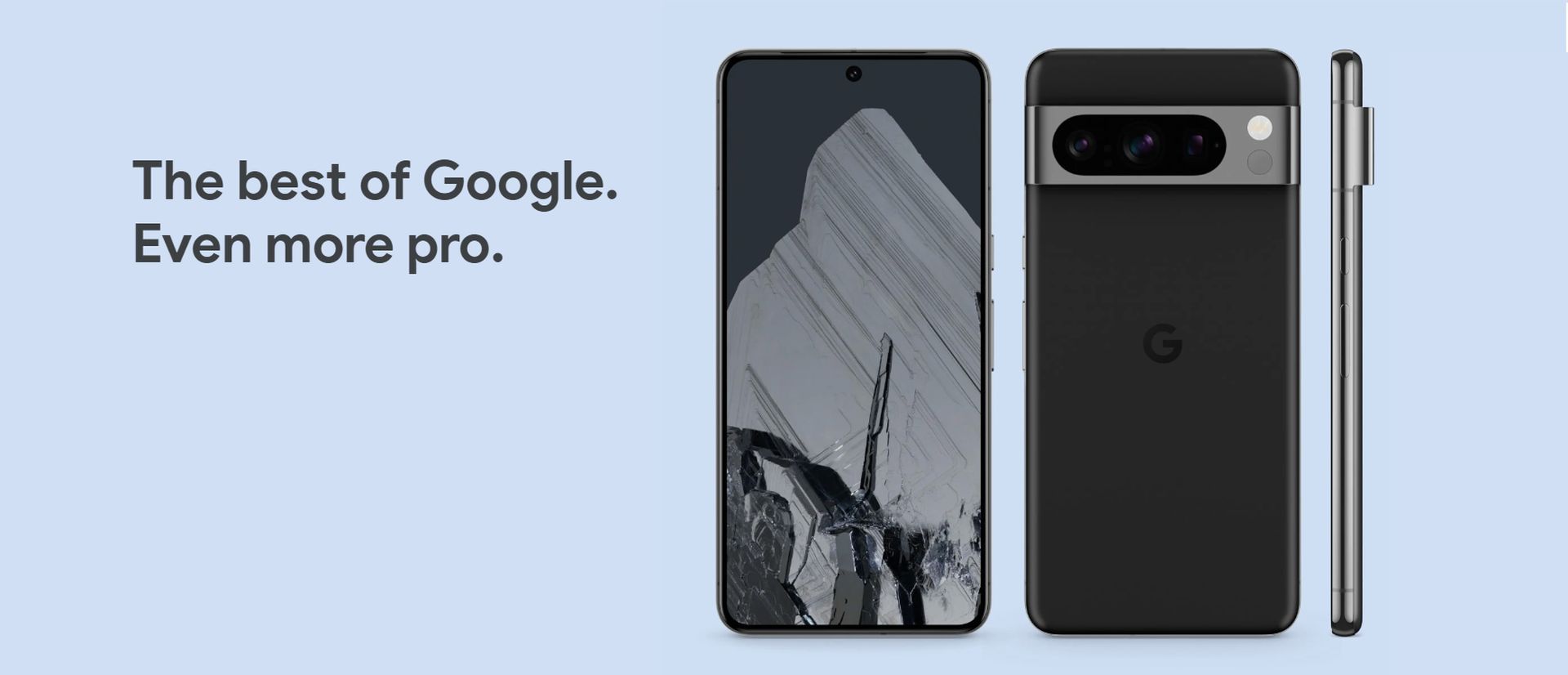
You’ll notice the familiar full-length camera bar, reminiscent of the Pixel 7 Pro, but this time sporting a single oval-shaped camera cutout instead of the previous two. They’ve also made a tweak, shifting the camera flash slightly to make way for a temperature sensor nestled underneath.
On the front end, not much has dramatically changed. However, Google has upped the ante with some serious enhancements. Enter the “Super Actua” display, a 6.7-inch LTPO OLED screen, delivering a crisp 1244 x 2992 resolution and boasting an adaptive refresh rate spanning from 1 to 120Hz. Now that’s a visual treat!
Looks like the rumors were on point – Google has indeed opted for a classic flat screen over the curved edge displays seen in earlier Pro Pixels.
The real star of the show is the Super Actua display, boasting an impressive 1,600 nits of HDR brightness and a peak brightness that can hit a staggering 2,400 nits. That puts it right at the top in terms of phone display luminance, outshining even the iPhone 15 Pro Max and the Samsung Galaxy S24 Ultra.
In terms of dimensions, the Pro comes in at 6.4 x 3.0 x 0.3 inches and weighs a solid 7.5 ounces. Its frame is crafted from polished aluminum, with both front and back glass fashioned from the robust Gorilla Glass Victus 2 – the same tough glass used in the Samsung Galaxy S23. The back glass sports a matte finish, departing from the glossy look of its predecessors.
Setting the record straight on rumors, the Google Pixel 8 Pro isn’t going all-in on eSIM. It still sports a standard dual-SIM card slot. And, as per tradition, you’ll find an under-display fingerprint sensor and Face Unlock, all powered by the front camera. That’s the tech we know and love!
Colors
The Google Pixel 8 Pro comes in a trio of stylish colors, keeping the Porcelain and Obsidian choices from the Pixel Fold while bidding farewell to the Hazel hue of the Pixel 7 Pro in favor of Bay, a captivating shade of blue.
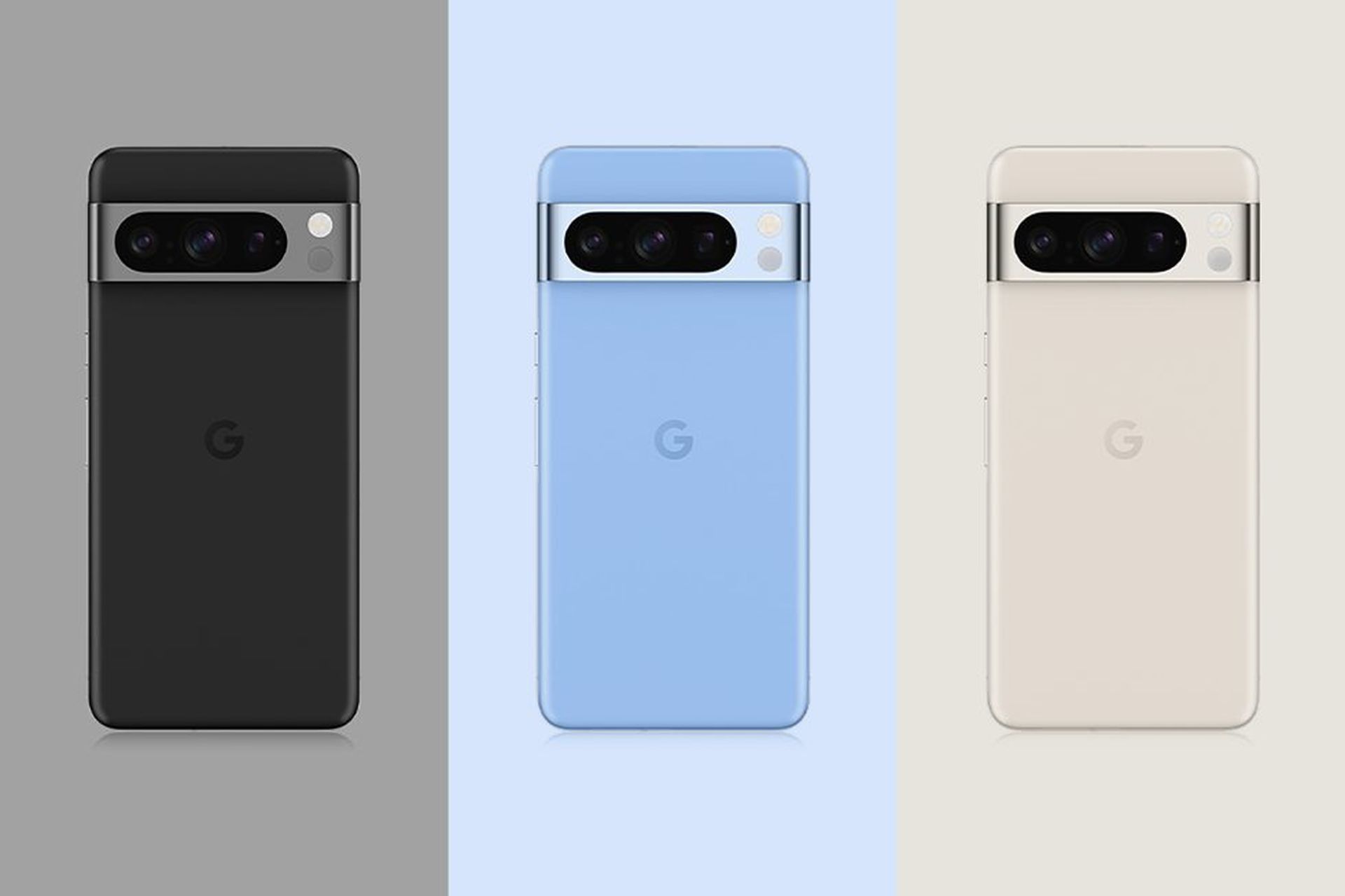
What’s more, these colors come with a matte glass finish, a fresh touch we’ve never seen on a Pixel before. This not only adds an aesthetic edge but also provides a bit more grip compared to the usual polished glass.
Of course, Google’s got your back with their own line of first-party cases, available in five different hues. You’ve got the familiar Obsidian, Porcelain, and Bay options mirroring the phone, along with the delightful Mint and Coral. Mint, true to its name, offers a lighter green, while Coral brings back that striking reddish-pink that debuted with the Pixel 7a. Plenty of options to suit your style!
Cameras
Photography has always been a standout feature for Google Pixels, and the Google Pixel 8 Pro is shaping up to be no exception. This one might just be in the running for the title of best camera phone.
At the back, the main camera rocks a 50MP lens, boasting the same 1.2μm pixel size as its predecessor, the Pixel 7 Pro. The sensor size remains unchanged at 1/1.31 inches, but the aperture has widened to f/1.68. This camera packs a “2x Optical Quality” punch, essentially meaning it can digitally mimic 2x zoom similar to an iPhone 15.
The ultrawide lens steps up the game this year with a 48MP resolution, paired with a 0.8μm pixel width, an f/1.95 aperture, and a wide 125.5-degree field of view. The telephoto lens also sits at 48MP, featuring a 0.7μm pixel width, f/2.8 aperture, and an impressive 5x optical zoom. And, as always, the Google Pixel 8 Pro boasts Google’s Super Res Zoom technology, cranking up digital magnification to 30x.
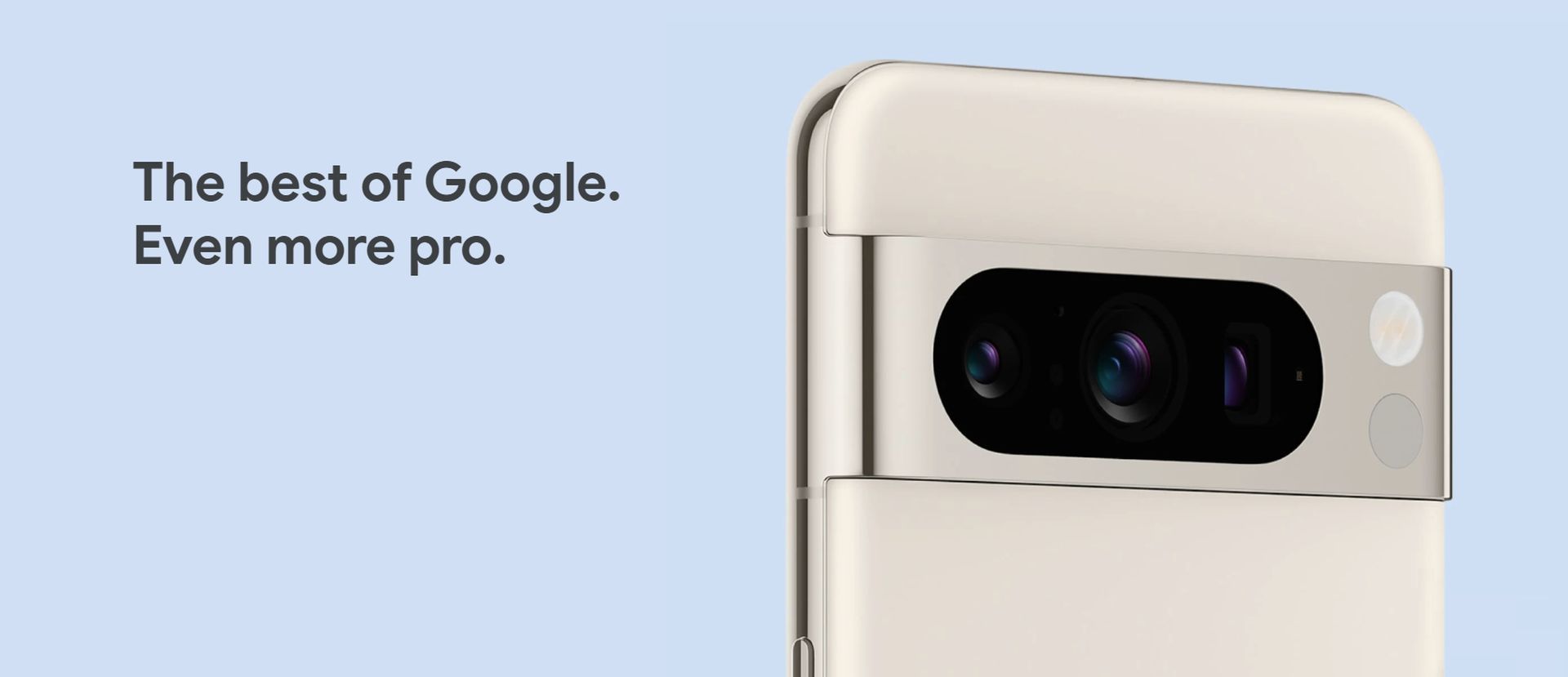
On the front, you’ve got a 10.5MP selfie camera with a 1.2μm pixel width, f/2.2 aperture, and a nifty Autofocus feature – a fresh addition this year.
But it’s not just about the hardware with Google cameras. The Google Pixel 8 Pro doesn’t disappoint on the software front either. You’ll find familiar features like Magic Eraser, Photo Unblur, Motion Mode, and Astrophotography from the Pixel 7 Pro, plus some exciting new additions.
These include Ultra HDR, high-res imaging, Magic Editor, and brand new Pro controls, catering to the serious photographers who crave fine-tuned control over their settings.
Once again, both front and rear cameras can capture 4K and 1080p video at up to 60FPS, along with 240FPS slow-mo video and astrophotography timelapse modes in 4K.
But there’s more in store. While the long-anticipated Video Unblur feature seems to be missing, we’ve got Video Boost, Night Sight video, Macro Focus, and the Audio Magic Eraser, ready to clean up unwanted noise and enhance the sound in your videos.
Performance
Google has stayed true to its own chip game in recent Pixel releases, and the Google Pixel 8 Pro continues this trend. This year, it’s powered by the Google Tensor G3, paired with the Titan M2 security coprocessor. Plus, there’s a solid 12GB of RAM under the hood.
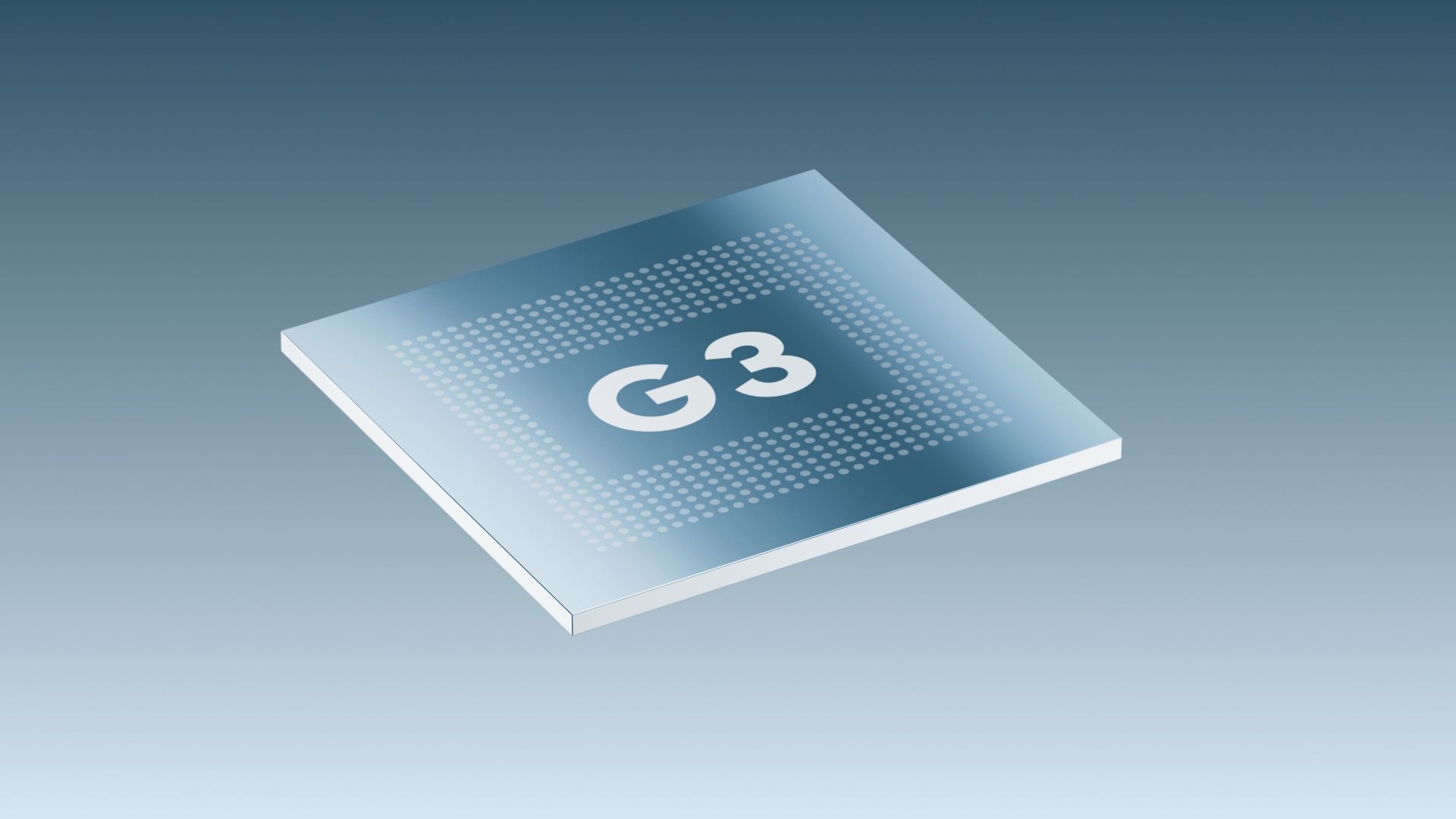
While a full-on test of the Pixel 8 Pro’s capabilities is still pending, it’s worth noting that this chip might not be gunning for the absolute peak of performance, especially when compared to heavyweights like Apple’s A17 Pro or the upcoming Snapdragon 8 Gen 3. But, that’s not the primary focus of the Tensor chipset. Its strength lies in elevating AI functions, ramping up computational photography, and beefing up security measures.
Battery and charging
It’s a bit of a letdown that the Google Pixel 8 Pro is sporting a slightly smaller battery compared to its predecessor, coming in at 4,950 mAh versus the Pixel 7 Pro’s 5,000 mAh. This might not be the best news, especially for a line known for its battery struggles. Here’s hoping that Google has worked some magic to make the Google Pixel 8 Pro more power-efficient overall.
We’ll have to put the Google Pixel 8 Pro’s battery through its paces to really gauge its performance. Google claims it offers a “Beyond 24-hour battery life,” extendable to 72 hours with Extreme Battery Saver. However, it’s worth noting that similar promises were made last year, and the actual battery life of the Pixel 7 Pro turned out to be quite underwhelming.
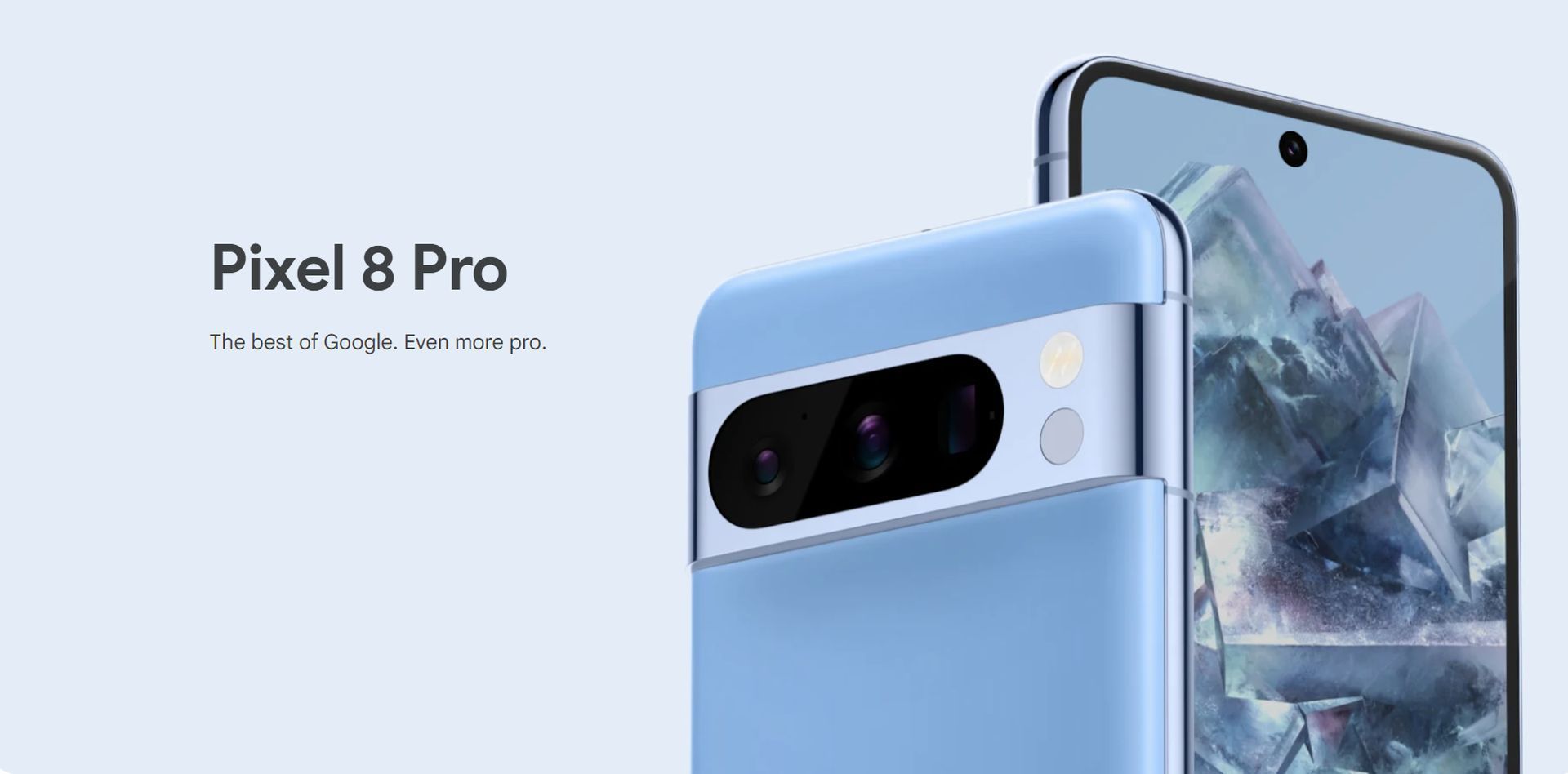
On the charging front, there’s been a slight bump this year. The Google Pixel 8 Pro now supports 30W recharging speeds. According to Google, this translates to a 50% recharge in just 30 minutes – provided you’ve got a 30W charger with USB-PD 3.0 support handy.
As for wireless charging, it’s capped at 23W if you’re using a Pixel Stand 2, or 12W with any other Qi wireless charger. Unfortunately, due to the pending Qi2 specification, the Google Pixel 8 Pro is only compatible with the original Qi standard for now.
Software
The Pixel 8 Pro will come out of the box running Android 14, Google’s latest Android iteration. As per tradition, the newest flagship Pixels always lead the pack in receiving the next major Android update, and we expect nothing different this year.
However, what’s really shaking things up is Google’s extended support timeline. Last year, they upped the ante, offering three years of full Android updates and five years of security updates. This year, they’ve taken it a step further. Google has committed to providing Pixel 7 and Pixel 7 Pro phones with a whopping 7 years of full software support. This encompasses everything from Android updates to Pixel feature drops and security patches.
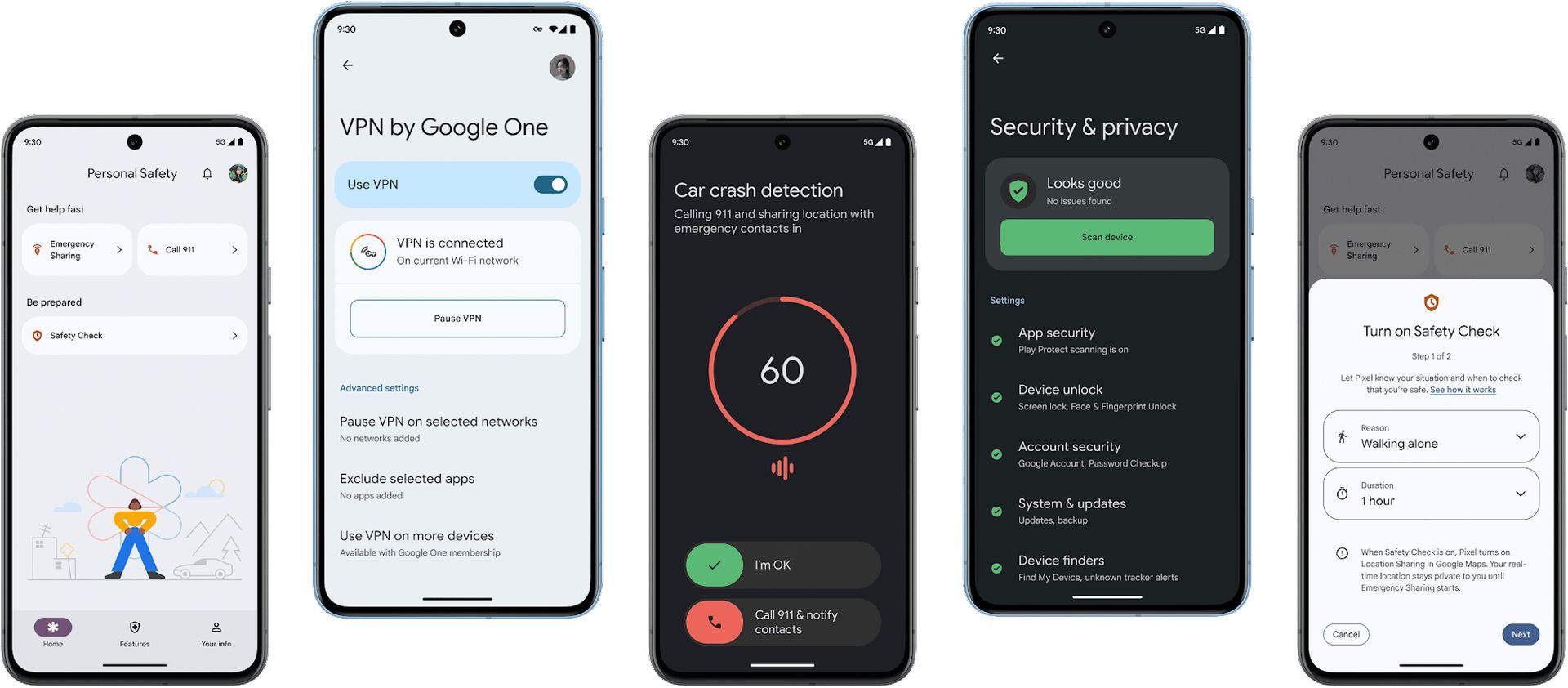
This is a game-changer, surpassing the industry standard. The only other company we’re aware of that’s aiming higher is Fairphone, pledging a remarkable 8 years of full updates for their Fairphone 5, with aspirations to hit the 10-year milestone.
Outlook
The upgrades packed into the Google Pixel 8 Pro are indeed quite substantial, and it seems like the phone is poised to continue the strong tradition of the Pixel series. While we won’t have the full picture until we’ve spent some quality time with the device, the early signs are definitely promising.
Of course, there have been some areas where the Pixel series has faced challenges in the past – notably the battery life. Google has shown it’s capable of addressing these concerns with recent releases like the Pixel Fold and Pixel 7a. However, it remains to be seen how the Pixel 8 Pro will fare in real-world performance.

Regardless of any potential hiccups, it’s evident that the Google Pixel 8 Pro’s launch is a significant event in the world of smartphones for 2023. Here’s hoping Google has nailed all the key features this year. Fingers crossed for a standout performer!
Featured image credit: Google




